Museums
Museums in Yunnan
Chinese Name: 腾冲和顺滇缅抗战博物馆
English Name: The Museum of Yunnan-Burmese Anti-Japanese War in Tengchong County, Baoshan
Yunnan-Burmese Anti-Japanese War is very important part of the Second World War (often abbreviated as WWII). The Museum of Yunnan-Burmese Anti-Japanese War is located at where used to be the headquarters of Chinese Expeditionary Force when they took Tengchong down. This museum is the first one that was funded and constructed all by local people; it is an Anti-Japanese theme museum with private collections.The museum opened to the public on 7th July, 2005. It holds at least 6000 pieces of antiques and more than 1000 pictures which truly reproduces the unforgettable history of Anti-Japanese War.
滇缅抗战博物馆是我国第一个民间出资建设、民间收藏、以抗战为主题的博物馆。滇缅抗战博物馆馆址是当年远征军反攻腾冲指挥部的旧址,在云南保山市腾冲县和顺镇 。
展厅布置
6000多件文物、1000幅老照片,不乏珍品、绝品。其中39件曾作为中美友谊的见证随江泽民访美。博物馆分山河破碎、悲壮远征、沦陷岁月、剑扫烽烟、日月重光五个部分:。通过大量老照片、纪录片、史实资料、油画、连环画等,和馆藏文物一起,真实再现了那段历史。
滇缅抗战博物馆2005年7月7日开馆,原中国国民党党主席为博物馆题词,央视《面对面》栏目破例在这里制造了三期节目。接待了五十余位当年参加过滇缅抗战的美国老兵。在全国产生了广泛的影响。
发展历史
滇缅抗战是世界反法西斯战争的重要组成部分,是中国远征军和中国驻印军与美、英盟军歼灭日本侵略者的战场,是中国人民在近现代史上第一次将侵略者赶出国门的战斗。
1942年2月至1945年1月,我国西南边疆的保山、临沧、德宏、怒江一带,爆发了一场以保卫滇缅国际通道、维护国家领土主权为目的的抗日爱国战争,这就是闻名于世的滇西抗战。它是我国8年抗战中最早向日寇发起的战略性反攻,同时,也是第二次世界大战亚洲抗日战场从失败走向胜利的转折性战役之一。这场战争的胜利,彻底粉碎了日军对我国实施东西突击,最终称霸亚洲太平洋地区的梦想。在这场关系重大的决战中,中国远征军、美国盟军、爱国华侨和滇西各族人民团结一心,以伤亡20多万军民的代价,谱写了一曲爱国主义和国际主义的史诗。
保山,作为滇西抗战的主战场,当地市委、市政府顺势而谋,精心打造“二战文化之旅”,主要的景点为龙陵松山战役遗址、腾冲滇西抗战博物馆、腾冲国殇墓园。另外,保山正在争取各方支持,加强与缅甸、印度的合作,努力开通保山——缅甸密支那——印度雷多的旅游线路,这也是著名的史迪威公路。在这块曾经烽火连天的土地上,海内外游客除了感受二战文化之外,还可以体验“中国生态SPA康乐园之旅”、“高黎贡山生态之旅”、“南方丝绸古道之旅”。
这是我国第一个民间投资、民间收藏的抗战博物馆。该博物馆由柏联集团投资建设,展品为段生馗先生20多年收集和保存的3500多件二战文物,包括中国远征军、中国驻印军、美英盟军、民众抗战等方面的文物。博物馆馆址设在至今保存完好、当年中国远征军20集团军司令部旧址。
参观信息
地理位置
保山市腾冲县和顺古镇内
开放时间
8:00-18:00
门票
包含在和顺古镇门票内
交通
腾冲县城至和顺4公里,有面包车直达,票价3元;乘坐出租车的话车费10元左右。博物馆即在和顺古镇内,可持古镇门票前往。
The Technology Geology Museum in Kunming University of Science (昆明理工大学矿物数字博物馆) is one of the most comprehensive museums in China, housing an extensive collection of global rock, mineral specimens, and paleontological fossils. With an exhibition area of about 700 square meters, the museum features 110 display cabinets in its rock and mineral hall and paleontology hall, showcasing rare fossils, precious rocks, minerals, and geological specimens with a unique Yunnan characteristic. Each year, the museum not only welcomes domestic and international scholars but also serves as an important base for student quality education and science popularization, regularly hosting visits from primary and secondary school students from Kunming and other regions. It also provides support for scientific research.
The museum’s rock and mineral collection boasts over 10,000 precious specimens from more than 50 countries and regions, including the United States, Canada, the United Kingdom, Germany, Italy, Norway, Russia, South Africa, Zimbabwe, Australia, Brazil, Peru, Chile, Bolivia, Japan, Myanmar, and Sri Lanka. These exhibits showcase the chemical composition of the Earth’s crust. Among the treasures are over 1,200 varieties of minerals, some of which were acquired from the United States during the late Qing Dynasty and early Republic of China period. These minerals and paleontological fossils form one of the most complete collections in China, making them highly valuable from scientific, educational, and historical perspectives.
Some particularly rare specimens include:
The paleontology section houses a wealth of fossil specimens that date back millions of years, including fossils that provide insight into the ancient life forms that once roamed the Earth. These fossils offer an unparalleled glimpse into the past and are key resources for scientific studies on evolution and geology.
Supported by the Ministry of Education’s Science and Technology Department, the museum has embarked on the construction of a digital platform—the Kunming University of Science and Technology Mineral Digital Museum. This initiative leverages modern network technologies to present rare mineral specimens in a vivid and accessible manner to the public. The first phase of the project, which involves the digitalization of 1,000 “world rock and mineral specimens,” has been successfully completed.
In the future, the Technology Geology Museum aims to become a comprehensive mineral website, featuring over 4,000 discovered minerals. This platform will reflect the advanced level of mineralogical research in China and showcase both domestic and international treasures to the world. The project aims to create a vibrant and visually stunning online exhibit, contributing to the development of the geological sciences and providing an exciting “landscape” for the field.
The museum will continue to serve as a scientific and educational hub, promoting a deeper understanding of Earth’s geological history and resources.
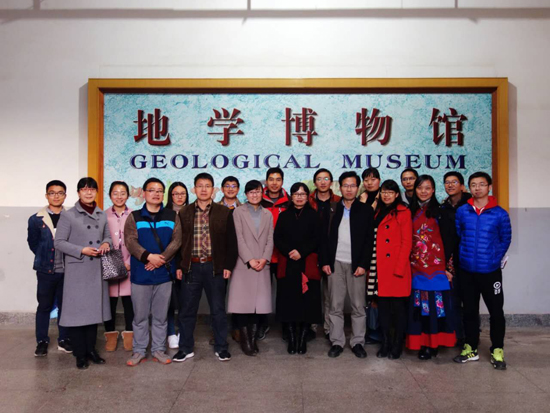
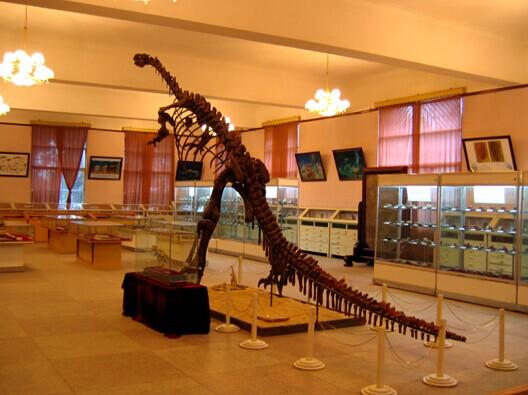
The Wu Mayao Museum of Anthropology (云南大学伍马瑶人类学博物馆) is located at No. 2, Cuihu North Road, Kunming City (昆明市翠湖北路2号), beside the east gate of Yunnan University (云南大学). It officially opened on April 10, 2006, as part of a sub-project for the construction of the ethnology discipline at Yunnan University. The museum was generously funded with a donation of $700,000 from the renowned Hong Kong entrepreneur Mr. Wu Daguan (伍达观) and his wife, Ms. Wu Mayao (伍马瑶).
The museum serves multiple purposes: it acts as a support unit for the teaching and research of ethnology and anthropology at Yunnan University, serves as a base for quality education, and functions as a window for external publicity and display. It plays an active role in promoting the academic traditions of Yunnan University, enriching campus cultural life, conducting relevant research and teaching, and disseminating knowledge of the humanities to society.
The Wu Mayao Museum of Anthropology has developed significantly, currently housing nearly 3,000 artifacts and welcoming approximately 3,000 visitors annually. The museum features four permanent exhibitions:
The museum also encompasses an audiovisual anthropology laboratory, one of the earliest established in domestic universities for teaching and research in this field. It has created the first anthropological audiovisual archive in domestic higher education institutions, providing on-demand content that includes classic international documentaries, early ethnographic films from China, series featuring ethnic folk artists, and interviews with anthropologists, totaling nearly 1,000 audiovisual pieces.
The Wu Mayao Museum of Anthropology hosts dozens of academic lectures annually. The audiovisual laboratory regularly organizes audiovisual anthropology salons. It has published a catalog of its collections, featuring photographs of selected artifacts with Chinese and English descriptions. Looking ahead, the museum aims to leverage the Ethnology and Sociology Institute to prepare for new exhibitions, striving to become an important institution in Yunnan that promotes interaction, communication, and integration among ethnic groups, while reinforcing the consciousness of the Chinese national community.
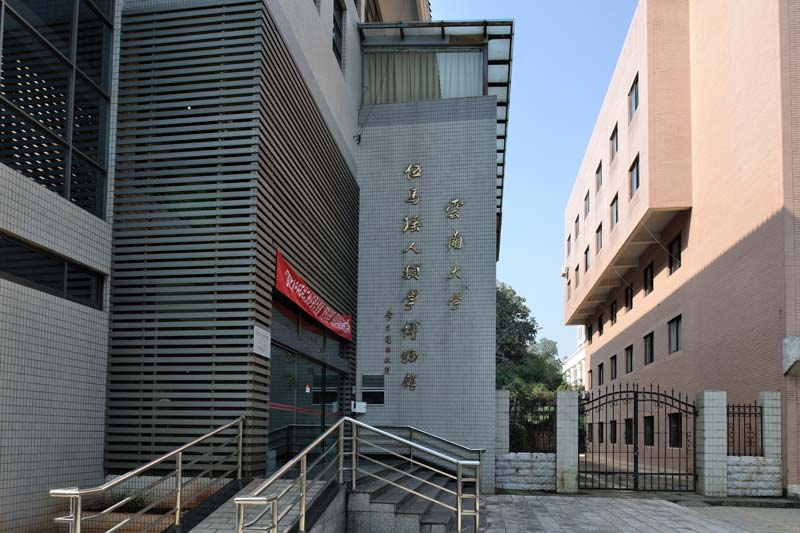
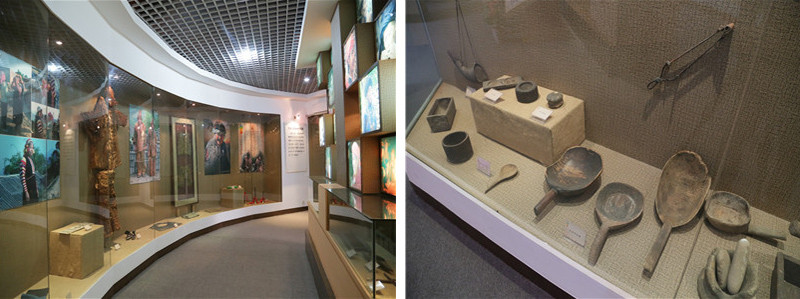
Chinese Name:镇沅县拉祜族(苦聪人)历史文化博物馆
English Name:History and Culture Museum of Kucong Ethnic People in Zhenyuan County, Puer
History and Culture Museum of Kucong Ethnic People is built in Dapingzhang Village (大平掌苦聪新村)of Enle Town.
镇沅拉祜族(苦聪人)历史文化博物馆,是目前全国第一个也是唯一一个专题收藏、陈列、展示苦聪人历史文化的博物馆。位于镇沅恩乐镇复兴村大平掌苦聪新村的“八一”文化活动中心内,占地面积468.83平方米,展厅面积228平方米,距离县城约9公里。
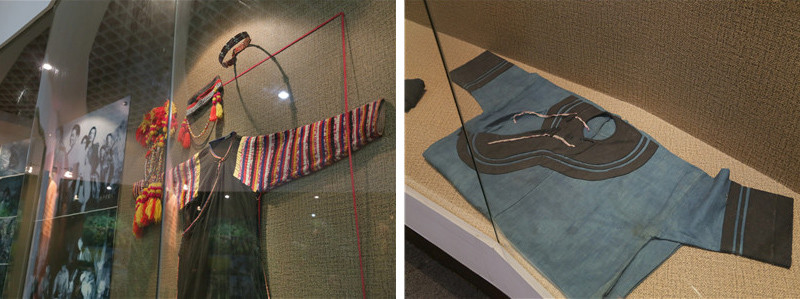
Chinese Name:西南联大蒙自分校陈列室
English Name: Mengzi Sub-campus Exhibition Hall of National Southwestern Associated University, Honghe
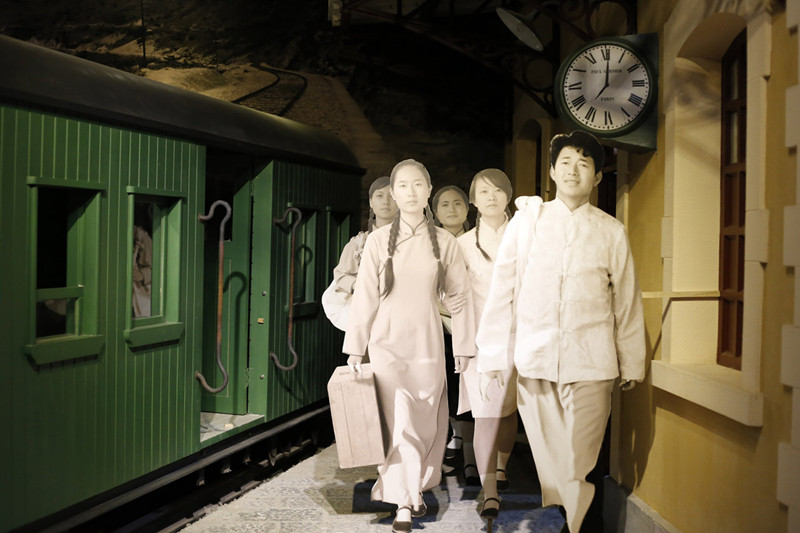
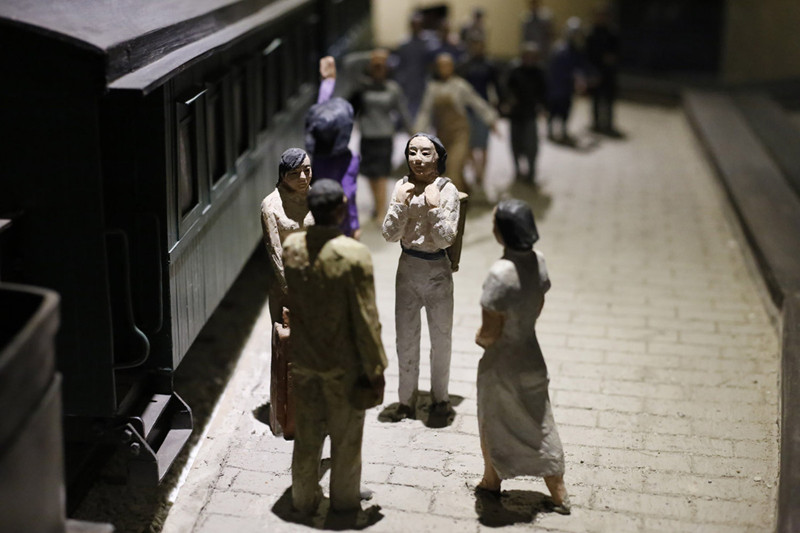
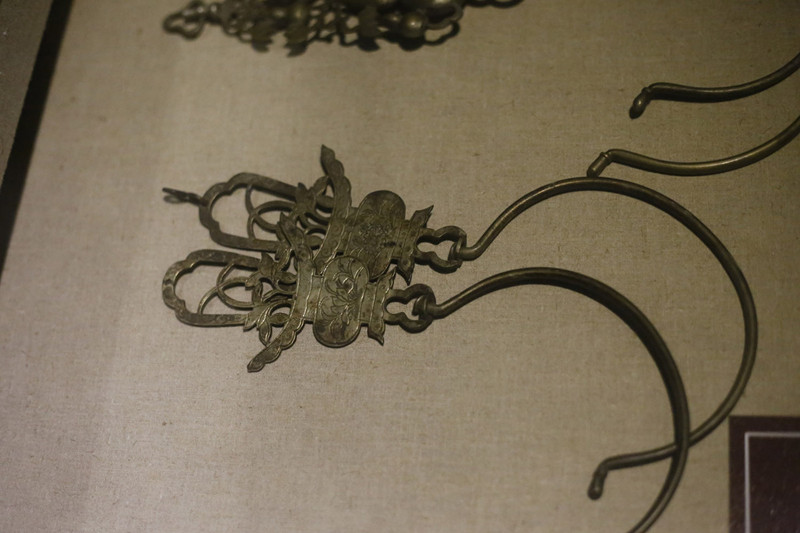
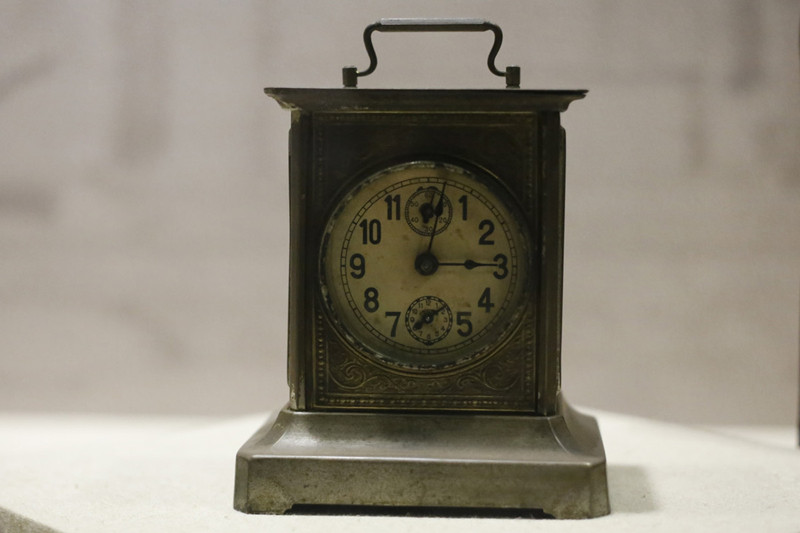
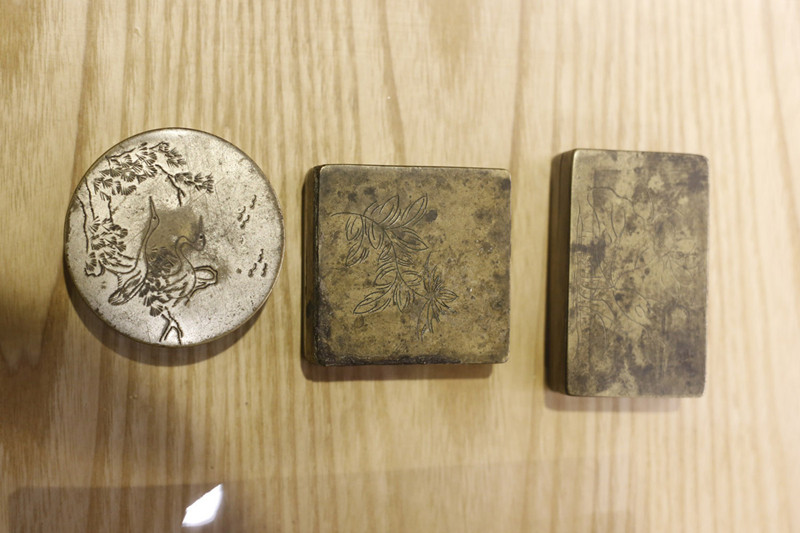
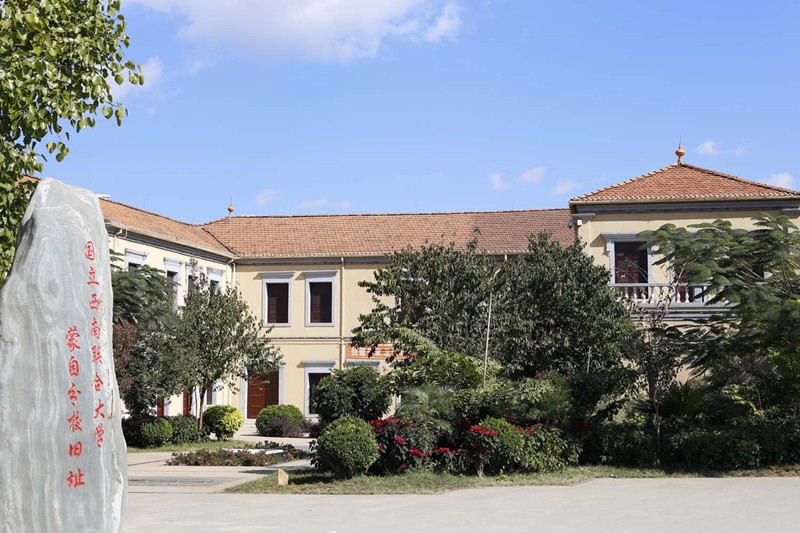
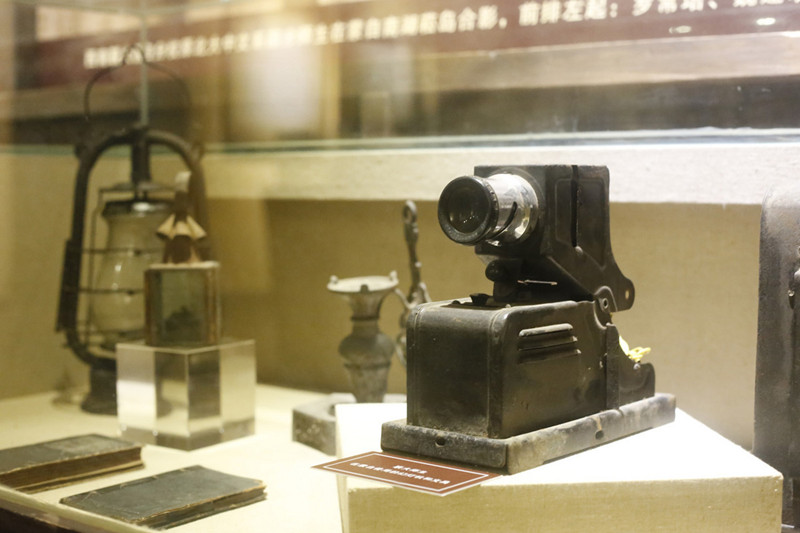
Location:
The Yunnan Museum of Traditional Chinese Medicine (云南省中医药民族医药博物馆) is a provincial-level museum dedicated to traditional medicine. It is located within the campus of Yunnan University of Traditional Chinese Medicine (云南中医学院) in Chenggong University Town (呈贡大学城), Kunming City (昆明市). In August 2024, it was officially recognized as a national三级博物馆 (third-level museum).
The Yunnan Museum of Traditional Chinese Medicine serves as a rich cultural repository showcasing the heritage of traditional Chinese medicine within a university setting.
Established by Yunnan University of Traditional Chinese Medicine, the museum reflects traditional architectural styles, resembling a courtyard typical of Dai (傣族) culture, combining solidity with grace. The construction began in 2009, with initial funding from Mr. Wu Daguan (伍达观) from Hong Kong and subsequent financing from the Yunnan Provincial Health Department.
On October 8, 2024, the Medical Man Tang Hall (医曼唐馆) was officially inaugurated, adding to the museum’s offerings.
Formally approved by the Yunnan Provincial Cultural Relics Bureau in November 2010, the museum encompasses a total area of 4,651.59 square meters with 12 exhibition rooms, each around 220 square meters. The layout includes three floors, each containing four exhibition rooms:
Currently, seven exhibition rooms have been completed and are open for free public access, while the remaining rooms are under construction, expected to be finished by 2012.
The museum boasts over 400 types of ethnic medicine specimens and more than 2,000 traditional Chinese medicine specimens, which include:
In 2012, the museum was recognized as a base for promoting and educating traditional Chinese medicine culture in Yunnan Province, and it officially became a base for popular science education. In August 2024, it was acknowledged as a national三级博物馆 (third-level museum).
The museum’s collection emphasizes locally sourced Chinese medicinal herbs and ethnic medicine resources, aiming to promote traditional Chinese and ethnic medicine cultures. It demonstrates the scientific rigor of traditional Chinese medicine and the originality of ethnic medicine. Since its establishment, the museum has hosted thousands of visitors from various sectors, conducted numerous science popularization activities, and has become a platform for enthusiasts and researchers to exchange ideas and knowledge regarding traditional Chinese and ethnic medicine.


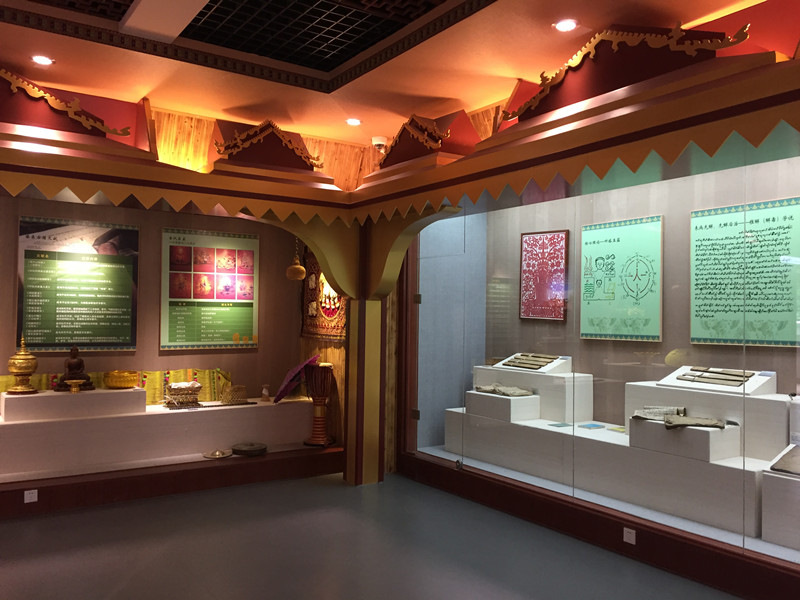
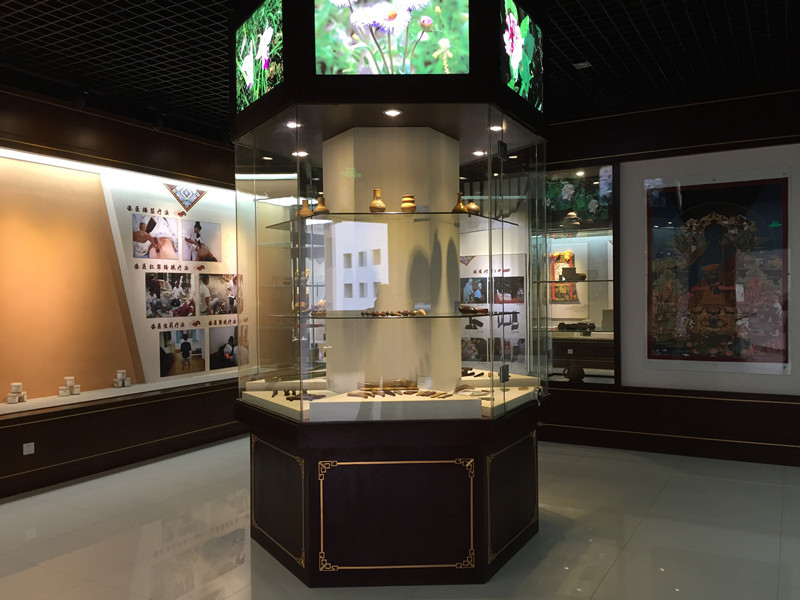
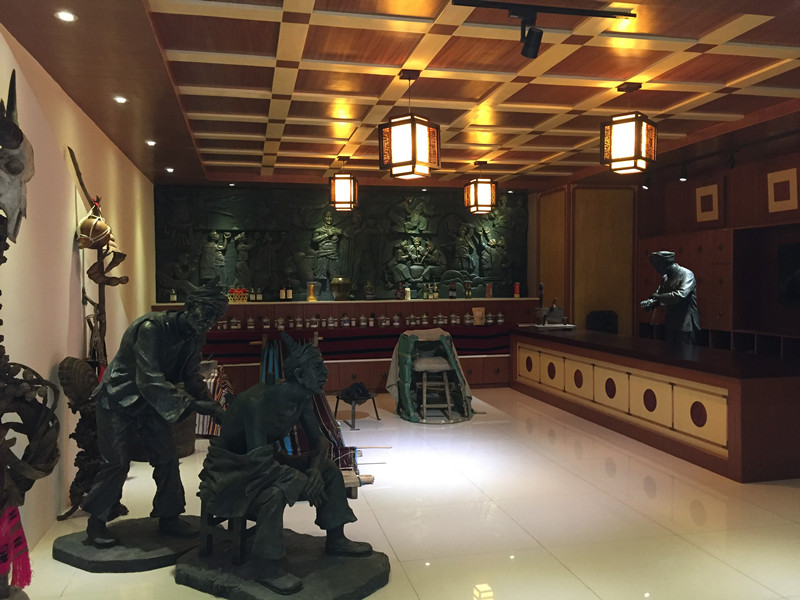
The Yunnan Science and Technology Museum (云南省科学技术馆), formerly known as the Provincial Exhibition Hall, is situated beside the picturesque Cuihu Lake (翠湖) in the center of Kunming City (昆明市). With over forty years of exhibition experience, it has become one of the most prominent exhibition venues in Yunnan Province. The museum features a science service building equipped with an auditorium, various-sized lecture halls, and meeting rooms. Additionally, it offers high-quality services through an elegant guesthouse, restaurant, and a dance hall. Covering an area of 60.4 acres, the museum boasts an exhibition building with a total area of 9,750 square meters.
In March 2022, the museum was selected as one of the first national science popularization education bases for 2021-2025.
The Yunnan Science and Technology Museum temporarily closed to the public starting August 20, 2021, and reopened on February 1, 2022. Visitors are now required to make real-name reservations in specific time slots and enter the museum with a reservation code. On the first day of reopening, many parents brought their children to explore the museum. The museum’s opening hours are Tuesday to Sunday, from 9:30 AM to 5:00 PM, with the last admission at 4:30 PM, and it is closed on Mondays.
The museum regularly conducts a series of science popularization activities, including the Dream Laboratory (梦想实验室), Dream Theater (梦想剧场), and Dream Classroom (梦想课堂). It also engages in outreach programs, bringing science exhibitions to schools, communities, and rural areas. Throughout the year, the museum operates mobile science exhibitions across 16 prefectures (州), 129 counties (县), and some towns (镇) in Yunnan Province.
Due to its significant contributions to science popularization, the original Yunnan Science and Technology Museum was designated as a national science popularization education base by the China Association for Science and Technology. Additionally, it was named a Yunnan provincial science popularization education base by the Yunnan provincial government, becoming a vital platform for promoting scientific spirit, disseminating scientific ideas, popularizing scientific knowledge, advocating scientific methods, and enhancing scientific literacy among citizens.
The construction project for the new Yunnan Science and Technology Museum is a large public cultural facility project developed through a partnership between Yunnan Province and Kunming City. It has garnered significant attention from all sectors of society. The new museum is located in the Wujia Ying area of the Chenggong New District (呈贡新区) and is designed based on the concept of “Global Vision, Chinese Characteristics, and Yunnan Elements.” The project faces challenges, including financial constraints and significant funding gaps, which have hindered progress. The Provincial Party Committee and the provincial government have placed a high priority on advancing the project. The Yunnan Association for Science and Technology, as the project owner, is actively fulfilling its responsibilities to promote the construction in accordance with the decisions of the provincial party committee and government.
The original Yunnan Science and Technology Museum will be transformed into the Yunnan Revolutionary Military Museum (云南革命军事馆), with a total planned investment of 178 million yuan. In 2022, an investment of 80 million yuan is planned, with a construction period of two years. Once completed, the project will further enrich the red tourism cultural resources in Wuhua District (五华区) and stimulate tourism development in the surrounding areas.
The Yunnan Art Museum (云南美术馆) is a non-profit public art museum located in Yunnan Province, under the leadership of the Yunnan Provincial Department of Culture. Its mission is to uphold the Party’s cultural policies, promote national culture, support artistic creation, and enhance academic exchange, contributing to the development of Yunnan’s art scene and the construction of socialist spiritual civilization. The museum focuses on collecting, researching, exhibiting, and promoting modern and contemporary excellent artworks from Yunnan, aiming to elevate the cultural and artistic literacy of the public.
The Yunnan Art Museum was established in 1984 and shares facilities with the Yunnan Academy of Painting. Currently, it employs 20 staff members and operates under the Yunnan Provincial Department of Culture. The museum boasts a dedicated team of skilled artists and high-level professionals, enhancing its role as a cultural hub in the region.
In its 24 years of establishment, the Yunnan Art Museum has successfully hosted over 20 national medium-sized art exhibitions. It has engaged in artistic exchanges with various provinces, cities, and regions such as Hong Kong and Macau. The museum has welcomed artists and art institutions from countries like the United States, Italy, Japan, Australia, and Germany, promoting Yunnan’s cultural exchange on both international and regional levels. The museum has also participated in international art fairs and festivals, furthering its mission to elevate Yunnan’s presence in the global art community.
To enrich the spiritual and cultural life during traditional festivals, the Yunnan Art Museum launched the 12th Fan Art Exhibition. This exhibition, held in 2022, showcased over 50 invited works and more than 140 submitted pieces. Many of these works reflected the auspicious theme of the Year of the Tiger, expressing wishes for vitality and prosperity through traditional fan art forms. The exhibition ran until March 13, 2022. Future exhibitions often explore various themes, highlighting both contemporary issues and traditional techniques, making art accessible to a broader audience.
The museum is responsible for art creation throughout the province, research on minority ethnic folk art, collection of art treasures, and theoretical studies. It also organizes art exhibitions, public art activities, and international exchanges. As Yunnan’s sole institution for art collection and creation, it has received over 30 national awards in various art exhibitions, emphasizing its significance in promoting Yunnan’s artistic heritage.
The Yunnan Art Museum’s collection includes:
In March 2022, the Yunnan Art Museum’s “Above the City – 2020 Fifth Kunming Art Biennale” was included in the list of excellent projects by national museums for 2020-2021. In August 2022, its project “Integration of Chinese and Western Architectural Aesthetics in a Bustling City (Yunnan Art Museum)” was recognized in the “Most Beautiful Public Cultural Spaces” list for Yunnan Province, highlighting the museum’s architectural and cultural significance.
The museum has several departments, including:
There are 20 positions in total, with 19 currently filled. The staff includes 15 retired individuals and 17% under the age of 40. Among them, 15 hold professional titles, including 3 with senior titles, 5 with associate senior titles, and 7 with intermediate titles.
Luo Jiang (罗江) emphasizes the museum’s commitment to fostering creativity and cultural appreciation among the public, advocating for the integration of traditional and contemporary art practices.
In December 2022, the Yunnan Art Museum announced that it would no longer require visitors to present negative nucleic acid test results. The museum reopened on December 7, 2022, with normal hours from Tuesday to Sunday, 9:00 AM to 5:00 PM, with last entry at 4:30 PM. Visitors must check in using health codes and have their temperatures measured before entering.
The Yunnan Art Museum is located in Kunming City, easily accessible by public transport. Visitors can take buses or taxis directly to either the new or old building. The nearest bus stops are within walking distance, making it convenient for tourists.
Art Museum
Free
1984
Luo Jiang (罗江, Secretary and Curator)
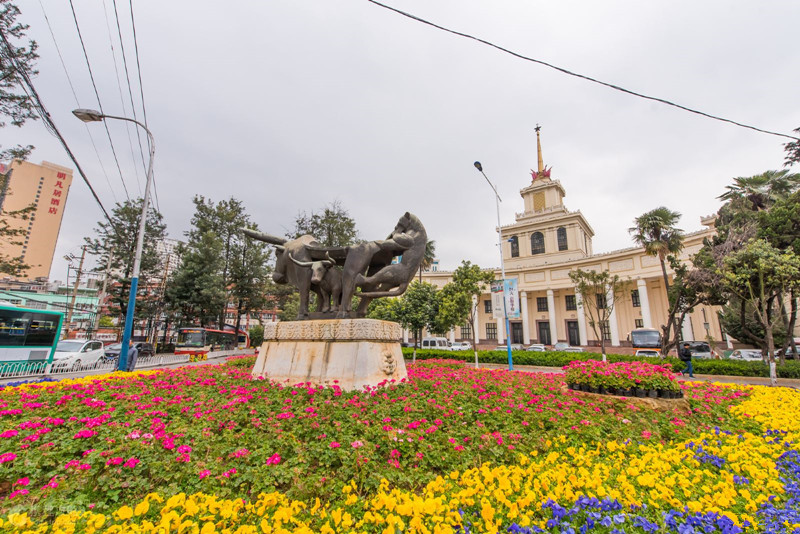
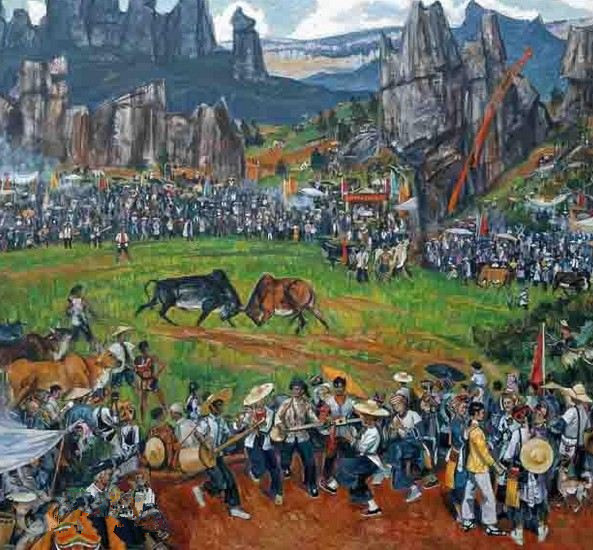
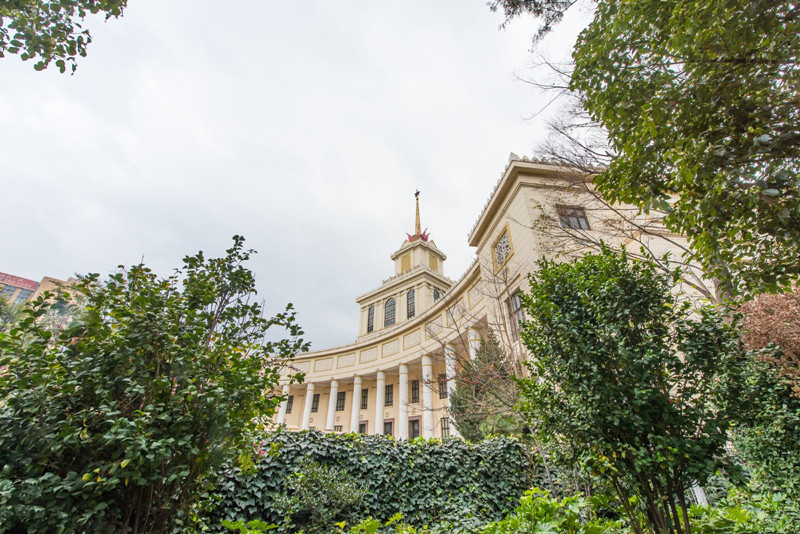
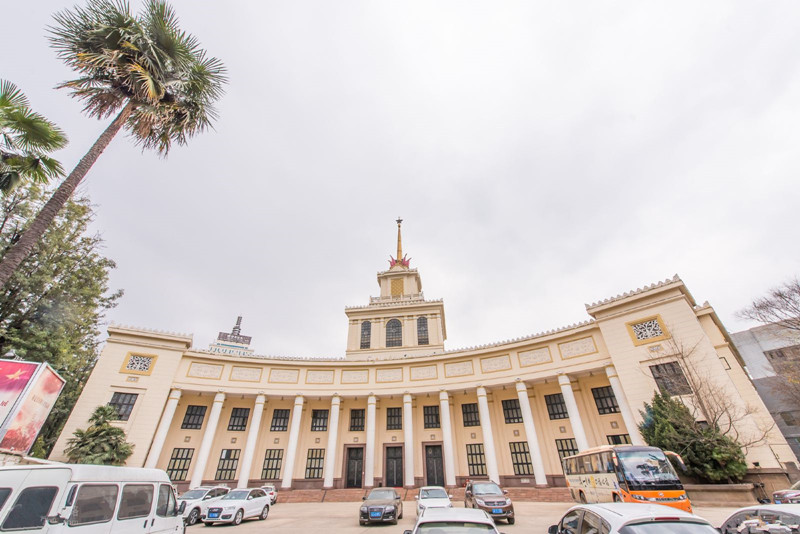
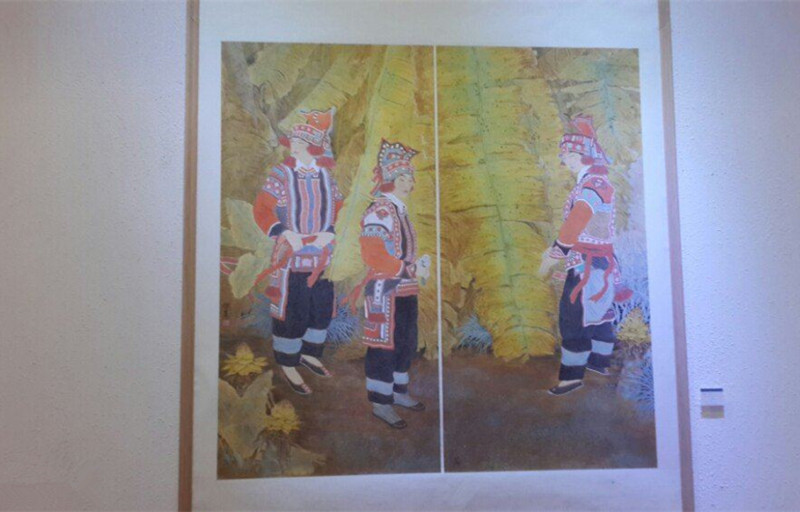
The Yunnan Folk Custom Museum云南民俗博物馆, located in Yunnan Ethnic Village (云南民族村) on Dianchi Road (滇池路) in Xishan District (西山区) of Kunming (昆明), covers an area of 2,250 square meters, with a building area of 1,350 square meters. This museum specializes in social sciences and folk customs.
Established in 1962, the Yunnan Provincial Cultural Relics Store (云南省文物总店) laid the foundation for cultural preservation. The Yunnan Ethnic Village was opened to the public in 1992, and in 2006, with approval from the Yunnan Provincial Ethnic Affairs Commission (云南省民族事务委员会), the Ethnic Cultural Rescue and Protection Center was founded to collect, research, and utilize the folk cultures of various ethnic groups in Yunnan. The Yunnan Folk Custom Museum officially opened on November 18, 2010. As of 2019, the museum houses over 2,000 items.
The Yunnan Folk Custom Museum features an exhibition area of 2,250 square meters.
The museum’s permanent collection is divided into seven sections: Yunnan Religion (云南宗教), Yunnan Blue-and-White Porcelain (云南青花瓷器), Yunnan Ethnic Musical Instruments (云南民族乐器), Yunnan Muleteer Culture (云南马帮文化), Yunnan Folk Crafts (云南民族民间工艺), Yunnan Ethnic Costumes (云南民族服饰), and Yunnan Bronze Ware (云南青铜器). These exhibitions showcase artifacts and artworks related to the daily life, production, and customs of Yunnan’s ethnic groups through various display methods, including images, text, physical objects, and videos.
In addition to the permanent displays, the second floor hosts seasonal thematic exhibitions such as “Ethnic Embroidery Exhibition” (民族刺绣展), “Ethnic Calligraphy and Painting Exhibition” (民族书画展), “Intangible Cultural Heritage Works Exhibition” (非遗作品展), and “Folk Photography Exhibition” (民俗摄影展). Temporary exhibitions are held regularly, featuring diverse forms of displays. The museum also features a dynamic display area for representative intangible cultural heritage from Yunnan.
The museum is situated in a cultural commercial district modeled after ancient Kunming residential architecture. Its overall structure features blue bricks and gray tiles, with intricately carved beams and painted columns that reflect Kunming’s unique residential building culture. In front of the museum lies a square dedicated to the Ancient Tea Horse Road (茶马古道) and muleteer culture sculptures, highlighting rich folk characteristics.
The museum’s collection includes items acquired through folk solicitation from the Yunnan Ethnic Village and donations from the community, alongside artifacts provided by the Yunnan Provincial Cultural Relics Store for exhibition. As of 2019, the collection totals over 2,000 items.
The Yunnan Folk Custom Museum promotes its collections and cultural activities through various channels, including television, the internet, and print media. The museum has also produced documentary films about Yunnan’s folk activities, festivals, and intangible heritage production techniques, serving as a key base for citizens and tourists to understand Yunnan’s ethnic customs and promote patriotic spirit.
Leveraging resources from Yunnan Ethnic Village and the Yunnan Provincial Cultural Relics Store, the museum has established close cooperative relationships with cultural heritage preservation units across provinces in China and has actively engaged in cultural exchanges with foreign institutions. The museum also engages in ongoing learning exchanges with various museums nationwide.
In 2007, with support from the Yunnan Provincial Department of Culture (云南省文化厅) and the Yunnan Provincial Cultural Relics Appraisal Committee (云南省文物鉴定委员会), the museum hosted the first Yunnan Provincial Ethnic Cultural Artifacts Festival, which included venues in Dali (大理), Yuxi (玉溪), and Jianshui (建水) to collect folk cultural artifacts. This event contributed to the establishment of a display center for ethnic cultural artifacts at Yunnan Ethnic Village, which opened successfully. The Chinese Ancient Ceramics Society held an academic seminar on Yunnan Blue-and-White Porcelain in Kunming, where the museum participated in organizing the event and showcased over a hundred pieces of local blue-and-white porcelain.
The Yunnan Folk Custom Museum is located at Dianchi Road, Xishan District, Kunming, Yunnan Province (云南省昆明市西山区滇池路云南民族村).
Tuesday to Sunday, 9:30 AM – 5:00 PM.
Free.
From Kunming Railway Station (昆明站), you can take Metro Line 1 to reach the museum via the A9 bus route.
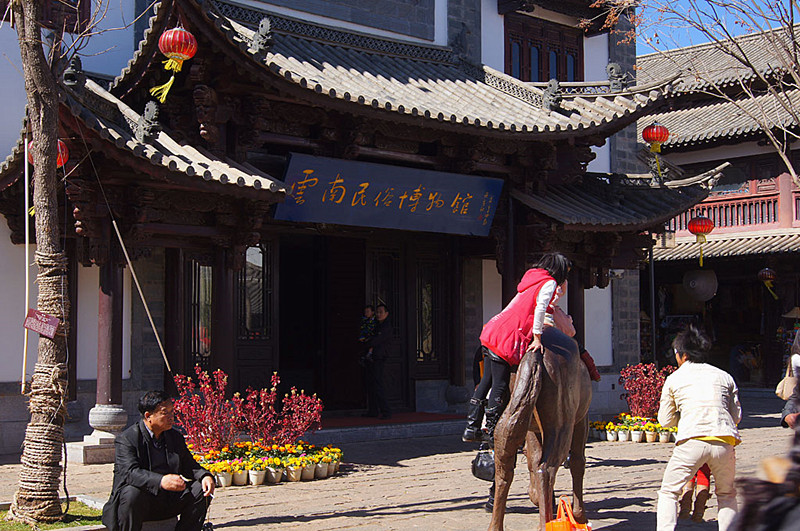
The Tea Horse Road Museum (茶马古道博物馆), also known as Dajue Palace (大觉宫), is an essential part of the Ming Dynasty Mu family’s “Shuhe Courtyard” architectural complex. This museum is a precious ancient structure that focuses on the culture of the Tea Horse Road, local customs of Shuhe (束河), and the culture of Pu’er tea (普洱茶). It is the first museum in China dedicated to the study and exhibition of the historical culture of the Tea Horse Road and also serves as the first professional institution in Lijiang (丽江) to engage in the research, promotion, and publicity of Pu’er tea culture.
Chinese Name: 茶马古道博物馆
Category: History Museum
Opening Hours: Year-round: Monday to Sunday 09:00-18:00
Location: Zhonghe Road, Shuhe Ancient Town, Gucheng District, Lijiang (丽江市古城区束河古镇中和路)
Exhibits:
The Tea Horse Road Museum is part of the Ming Dynasty Mu family’s “Shuhe Courtyard” complex and features six murals that are among the few remaining Ming Dynasty mural exemplars in Yunnan (云南), classified as provincial cultural relics. The surrounding buildings were used as classrooms for Shuhe Primary School during the Republic of China era and are now well-preserved, making them an important site for tourists to learn about the historical culture of the Tea Horse Road.
The museum comprises five exhibition areas:
These exhibit the rich history and culture of the area:
In 641 AD (the 15th year of the Tang Dynasty’s Zhenguan era), Tibetan King Songtsen Gampo (松赞干布) successfully requested to marry Princess Wencheng (文成公主), who brought advanced production methods and tea-drinking customs to Tibet.
During the reign of Tang Emperor Xuanzong (唐玄宗), tensions between the Tang and Tibetan states led to a ban on tea entering Tibet. Consequently, the Tibetan Empire utilized the previously opened Yunnan-Tibet passage to resolve the tea crisis. This marked the entry of Yunnan tea into Tibet, later reaching India, West Asia, and Europe.
From the Song and Yuan Dynasties to the Ming and Qing Dynasties, the Tea Horse trade expanded further due to political, military, and economic reasons, establishing the Tea Horse Road as a vital link between various ethnic groups in Southwest China and the central dynasty. By the time of the Anti-Japanese War, when the Japanese military blocked sea routes, the ancient Tea Horse Road became the only international route, facilitating the entry of significant strategic materials into the inland regions, supporting the war efforts and promoting the development of towns along the route.
Lijiang, due to its strategic location on the Yunnan-Tibet route and the existing ethnic and religious cultural relationships between the Naxi (纳西族) and Tibetan (藏族) peoples, became a crucial participant in the Tea Horse Road trade. This passage attracted numerous foreign explorers to Lijiang and the Three Parallel Rivers region, introducing its rich biodiversity and cultural diversity to the world. The Old Town of Lijiang (丽江古城), including the Shuhe residential building complex, was listed as a UNESCO World Cultural Heritage site in December 1997. The Three Parallel Rivers was designated as a World Natural Heritage site in July 2003, and the Naxi Dongba ancient manuscripts were recognized as a World Memory Heritage in August 2003.
The Tea Horse Road is one of the oldest routes in mainland China, comparable to the Northern and Southern Silk Roads. Its significant role and lasting impact await further research and understanding.
The murals of Dajue Palace are an essential part of the Lijiang murals. They were painted over 300 years from the 18th year of the Hongwu era (公元1385年) of the Ming Dynasty to the 8th year of the Qianlong era (公元1743年) of the Qing Dynasty, found throughout Lijiang Old Town and in several temples, including Juexian Temple (觉显寺), Hufa Hall (护法堂), Wande Palace (万德宫), Shanshiyuan (珊碧院), Guiyitang (皈依堂), Guangbilou (光碧楼), Hantan Temple (寒潭寺), Dajue Palace (大觉宫), Dabaojijun (大宝积宫), Liuli Hall (琉璃殿), Dading Pavilion (大定阁), Fuguo Temple (福国寺), and Xuesong Temple (雪松寺), with about 200 murals remaining. Currently, only the Dabaojijun (大宝积宫), Liuli Hall (琉璃殿), Dading Pavilion (大定阁), and Dajue Palace (大觉宫) still exist, totaling 50 murals covering an area of 154.57 square meters.
It is remarkable that such a large-scale collection of murals has been preserved in a historically described “barbaric” region of the southwestern border of the motherland.
Dajue Palace is located 4 kilometers northwest of Lijiang Old Town in Shuhe Village. It contains six existing murals that originated during the Ming Dynasty under the reign of the Mu family, resembling the murals of Dabaojijun, which are believed to have been created recently or slightly later.
Many significant historical events have occurred along the thousand-year-old Tea Horse Road, profoundly impacting later history. The museum introduces various historical events, including the southern expeditions of Tibet (吐蕃南征), the Battle of Tianbao (天宝之战), the entry of Yunnan tea into Tibet (滇茶进藏), the Tea Horse barter trade (茶马互市), and the Yuan Dynasty’s introduction of leather bags (元跨革囊).
Information related to the Historical Events Hall 2, Shuhe Living Hall, and Shuhe Cobbler Hall is still under development.
The museum’s building was originally part of the Mu family’s “Shuhe Courtyard,” which dates back over 400 years. The “Dajue Palace Murals” were created by renowned Jiangnan (江南) painter Ma Xiaoxian (马萧仙), known for their refined technique and preservation of Tang Dynasty painting styles. In 1998, they were classified as a provincial key protection unit.
The southern expeditions of Tibet established the “Shenchuan Dudu Office” in Lijiang, marking the origin of the Tea Horse Road. The ban on tea into Tibet by Emperor Ming of Tang prompted the entry of Yunnan tea into Tibet. The military needs of the Song Dynasty stimulated the prosperity of the Tea Horse barter trade. Therefore, from the Yuan and Ming Dynasties to modern times, the Tea Horse Road became a vital link for cultural and economic exchanges between Yunnan (云南), Tibet (西藏), and Sichuan (四川).
Originating in southern Yunnan, the route passes through Dali (大理), Lijiang (丽江), Diqing (迪庆), and Lhasa (拉萨), reaching India, traversing the culturally rich and naturally picturesque regions of “Three Parallel Rivers” and “Shangri-La.”
The Tea Horse Road Museum (茶马古道博物馆) is China’s first dedicated institution for the study and display of the historical culture of the Tea Horse Road. It comprises eight sections: Hall of Introduction (序厅), Historical Events Hall 1 (史事1厅), Historical Events Hall 2 (史事2厅), Shuhe Hall (束河厅), Cobbler Hall (皮匠厅), Tea Horse Customs Hall (茶马风情厅), Tea Art Hall (茶艺厅), and Resource Center for Influences (影响资料中心). These sections systematically introduce the origin time, routes, and significant historical events related to the Tea Horse Road, serving as an important window for understanding its history and culture.
The Tea Horse Road originated from the ancient barter trade of tea and horses in the southwestern border region, flourishing during the Tang and Song Dynasties, and reaching its peak during the Ming and Qing Dynasties, especially thriving during the later stages of World War II. The route has two branches: the Sichuan-Tibet and Yunnan-Tibet routes, connecting Sichuan (四川), Yunnan (云南), and Tibet (西藏), extending into Bhutan (不丹), Sikkim (锡金), Nepal (尼泊尔), India (印度), and eventually to West Asia and the Red Sea coast of West Africa. The Yunnan-Tibet Tea Horse Road likely formed in the late 6th century, starting from the main tea-producing areas of Yunnan, such as Simao (思茅) and Pu’er (普洱), passing through today’s Dali Bai Autonomous Prefecture (大理白族自治州), and crossing the Jinsha River (金沙江), Yangtze River (长江), and Lijiang River (丽江).
During the ancient times, the importance of the Tea Horse Road had already emerged, establishing its role as a trade hub between China and the world. Tea and horses served as the primary traded goods, but other commodities included textiles, herbs, grains, and silver. The impact of the Tea Horse Road is still evident today, with various tea styles and rich cultural legacies preserved in Yunnan.
The museum is located at Zhonghe Road, Shuhe Ancient Town, Gucheng District, Lijiang, Yunnan Province, China.
The Tea Horse Road Museum is a unique establishment that showcases the rich history and culture of the Tea Horse Road, providing an immersive experience for visitors interested in tea and trade history. Its strategic location, diverse exhibits, and engaging presentation make it an essential stop for tourists exploring the Lijiang area.
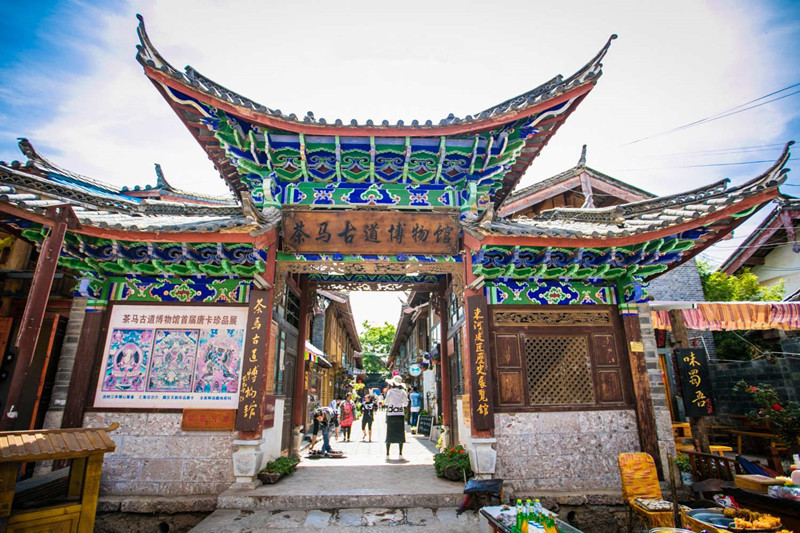
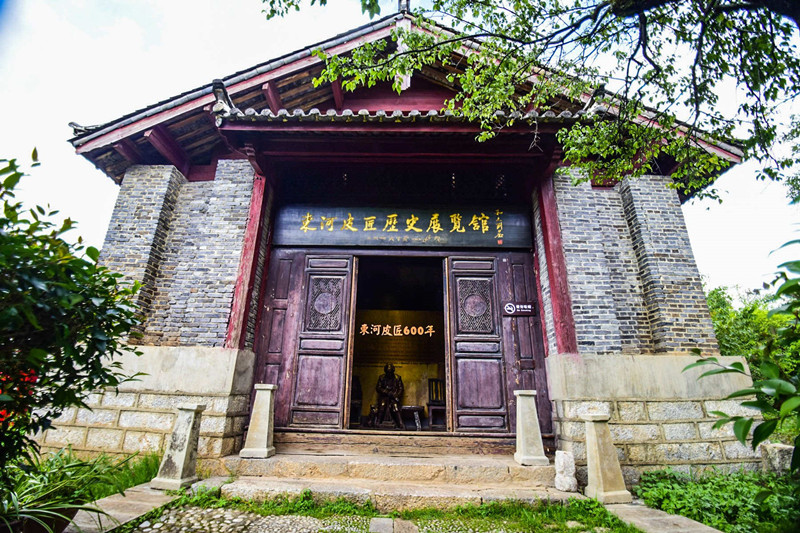
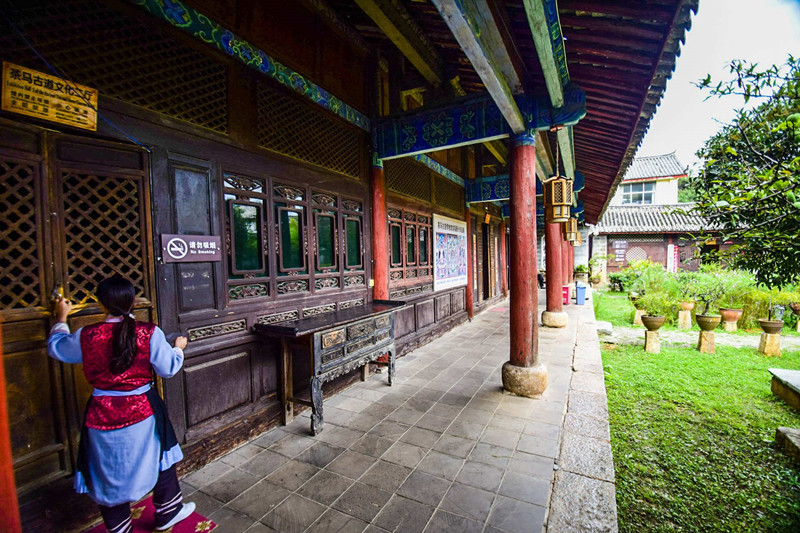
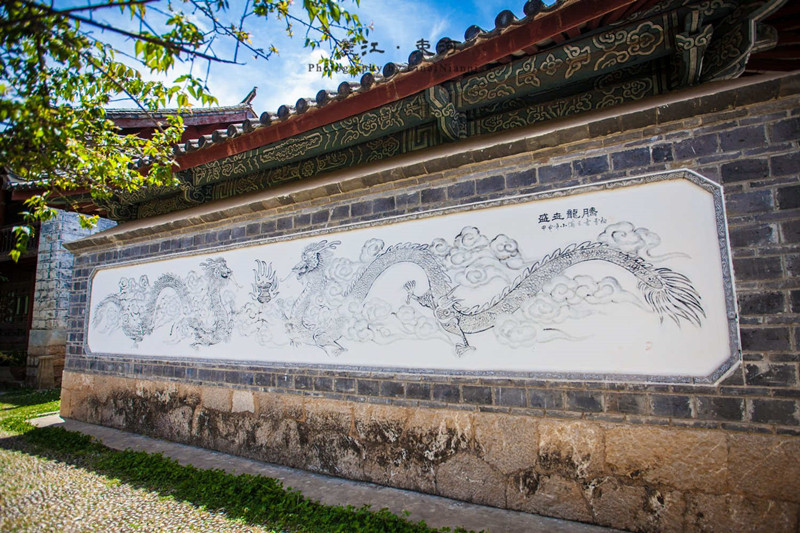
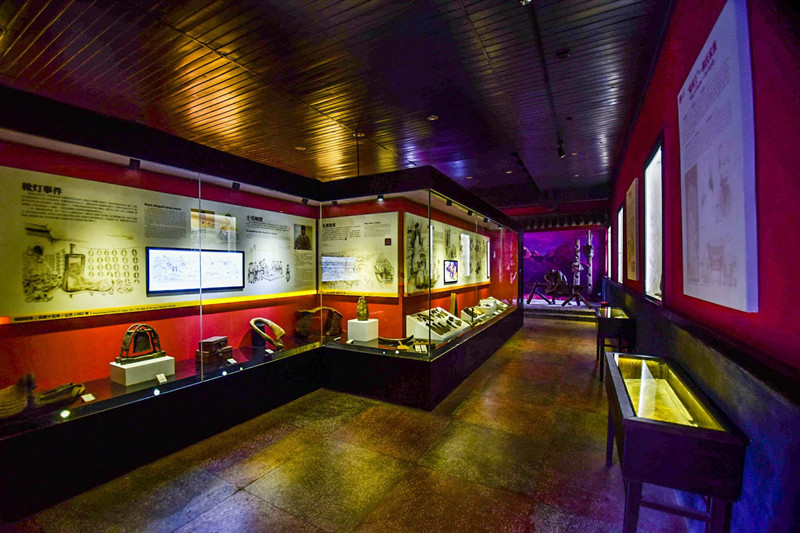
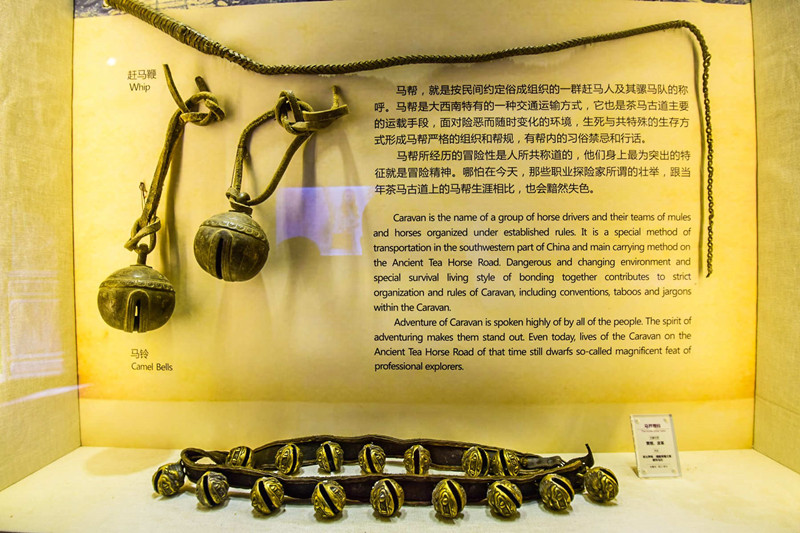
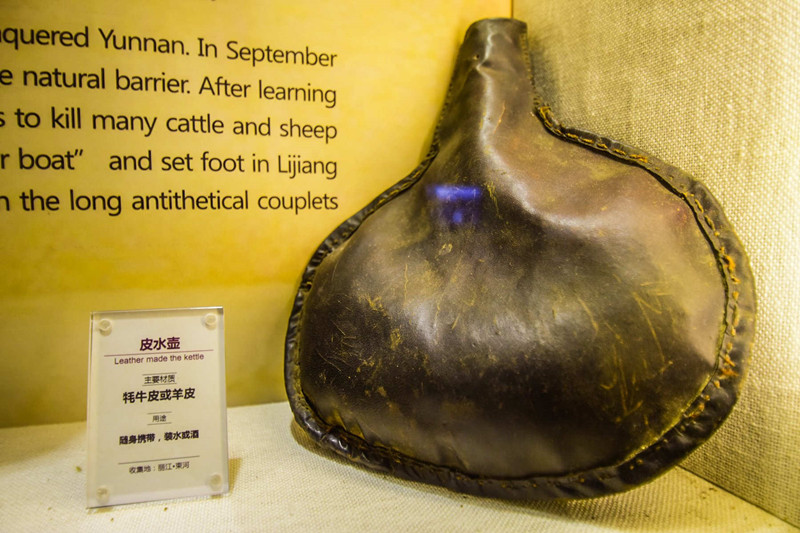
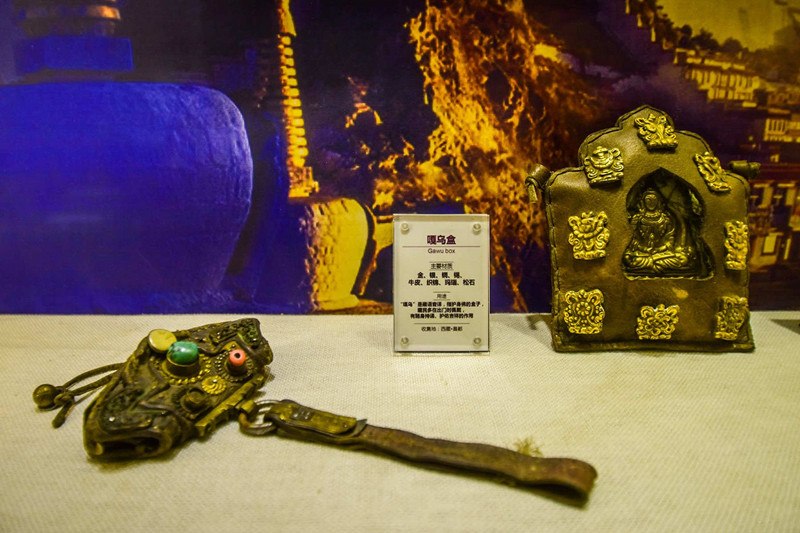
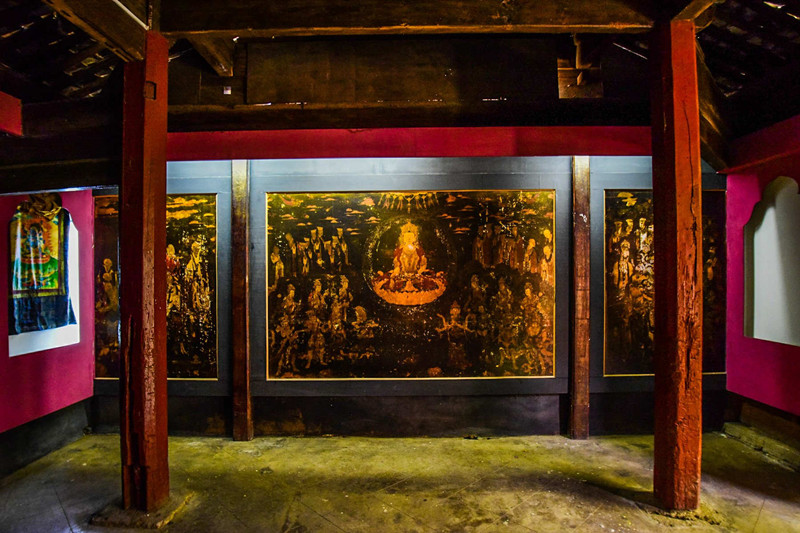
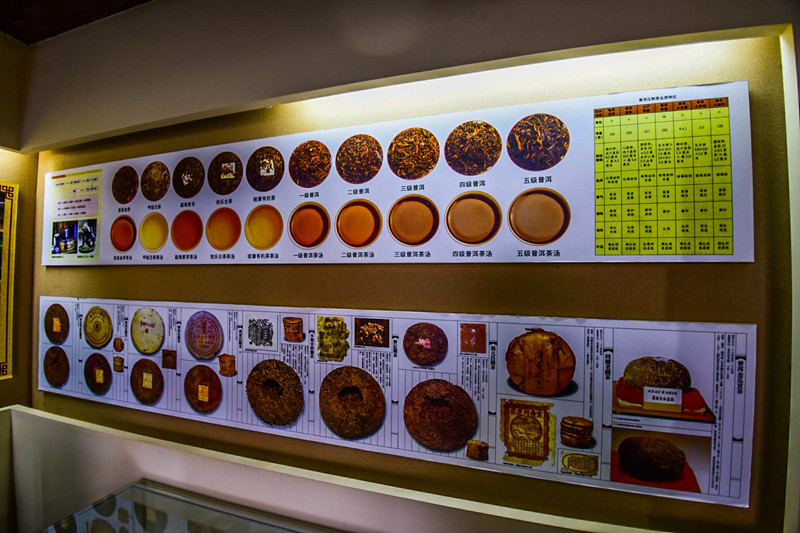
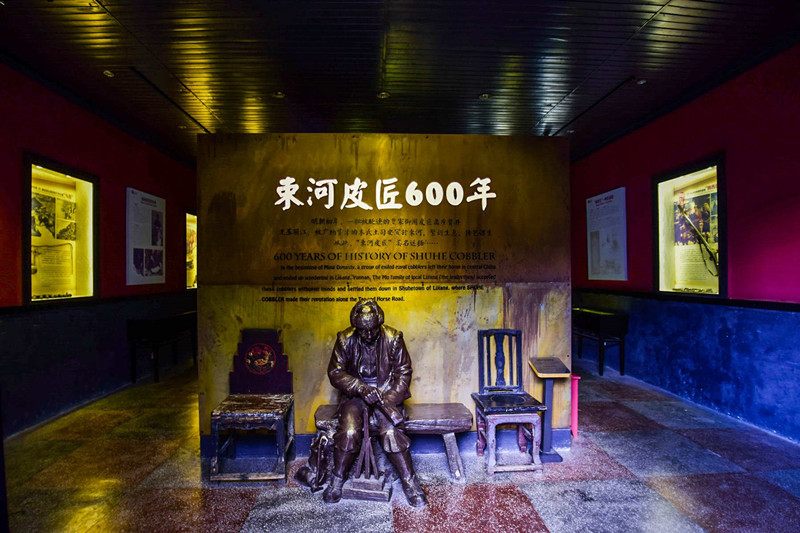
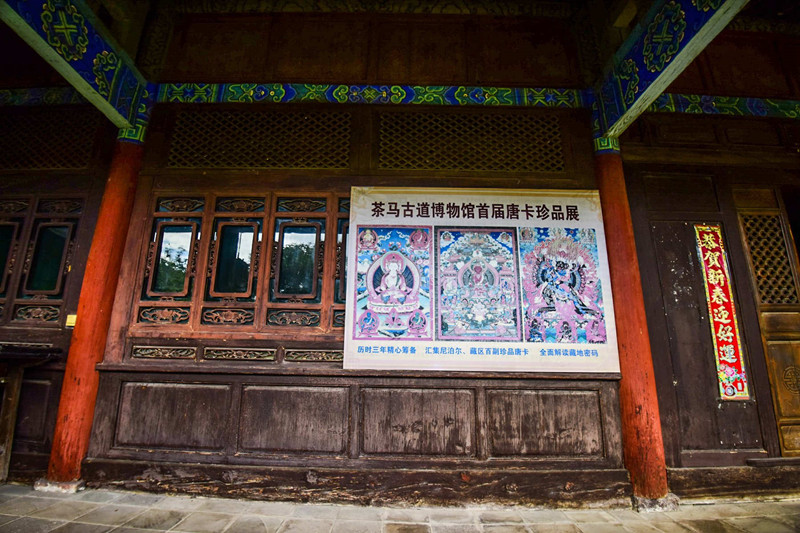
The Lijiang Wax Museum of World Celebrities (丽江世界名人蜡像馆) is located at Yuhe Square (玉河广场) in Lijiang Ancient Town (丽江古城) and is the first wax museum in Yunnan Province (云南省). This unique museum houses over 50 lifelike wax figures of renowned personalities from various fields, including sports, politics, entertainment, and more. Visitors have the opportunity to pose for close-up photos with their favorite stars and discover a mix of global icons and local figures. The exhibition includes international celebrities like David Beckham (贝克汉姆), Michael Jackson (迈克·杰克逊), Barack Obama (奥巴马), and Vladimir Putin (普京), as well as beloved Chinese stars such as Jackie Chan (成龙), Andy Lau (刘德华), and Jay Chou (周杰伦). Notably, local characters “Mu Lao Ye” (木老爷) and “A Le Qiu” (阿勒丘) add an engaging local flavor to the experience. Here, visitors can challenge the imposing “Dwayne Johnson” (巨石强森) to an arm-wrestling match, compare heights with “Iron Man Robert Downey Jr.” (钢铁侠小罗伯特·唐尼), attempt to snatch the basketball from basketball star “LeBron James” (詹姆斯), or engage in a mock debate with “Obama” (奥巴马).
The Lijiang Wax Museum of World Celebrities is a pioneering attraction in Lijiang, providing an opportunity for visitors to experience lifelike replicas of prominent figures without having to travel to Hong Kong. The museum presents nearly 50 stunning wax figures, allowing tourists to engage closely with renowned personalities across various domains, including politics, history, film, sports, and myth. Each display is meticulously designed, with every figure crafted to resemble the real individual as closely as possible. Visitors can see the accurate proportions, features, skeletal structures, muscles, skin, hair, veins, and wrinkles of each figure, making them almost indistinguishable from their real-life counterparts.
The museum is divided into multiple sections:
The museum aims to create an enchanting visual experience that blends reality and fantasy, enriching your travel journey with delightful surprises.

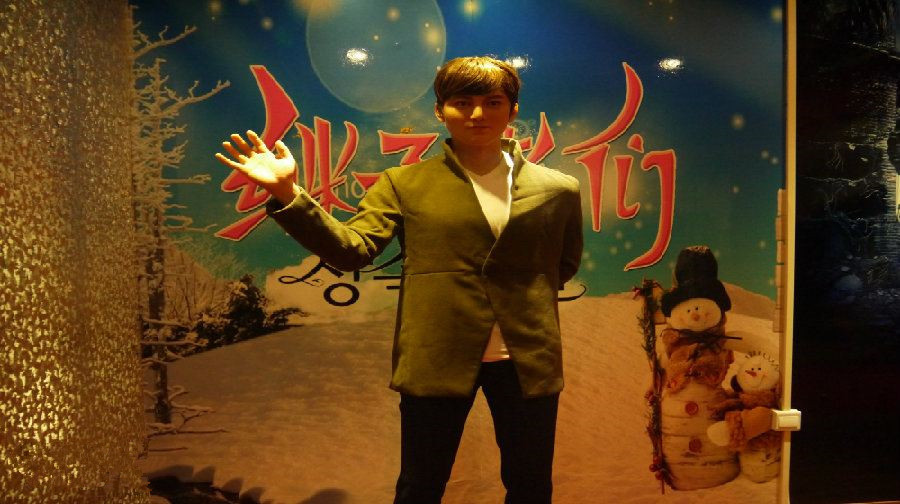
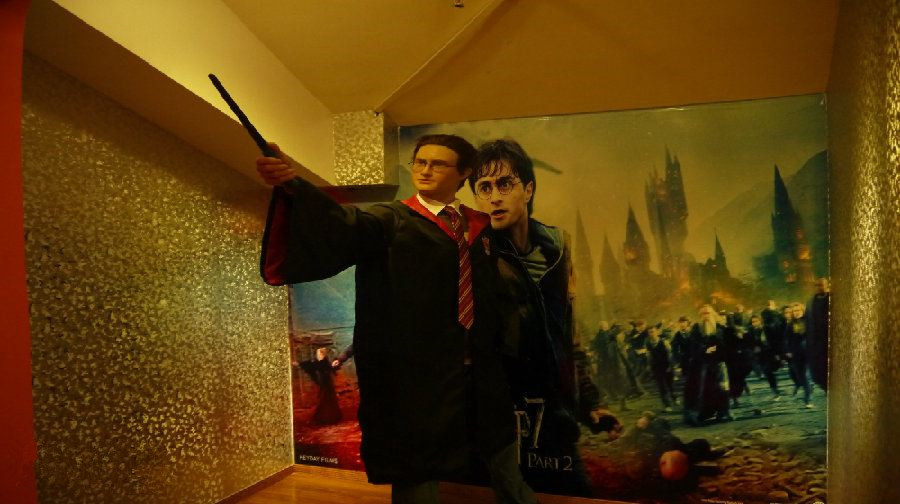
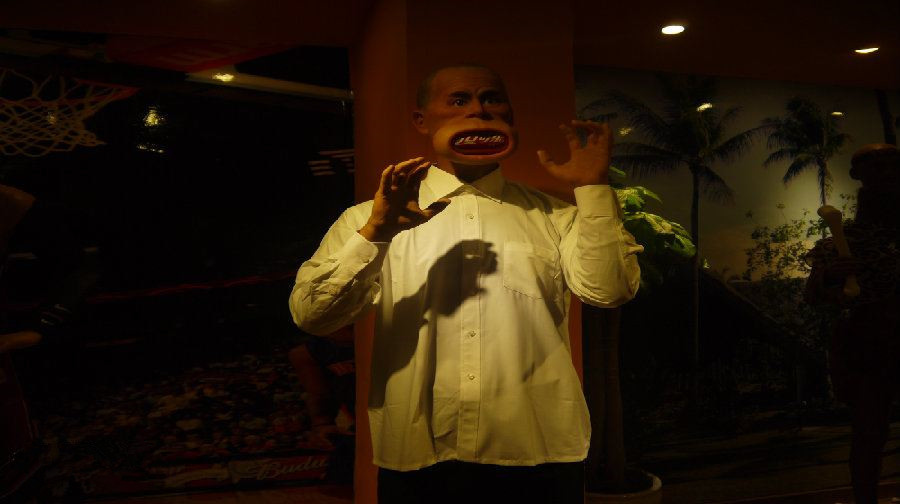
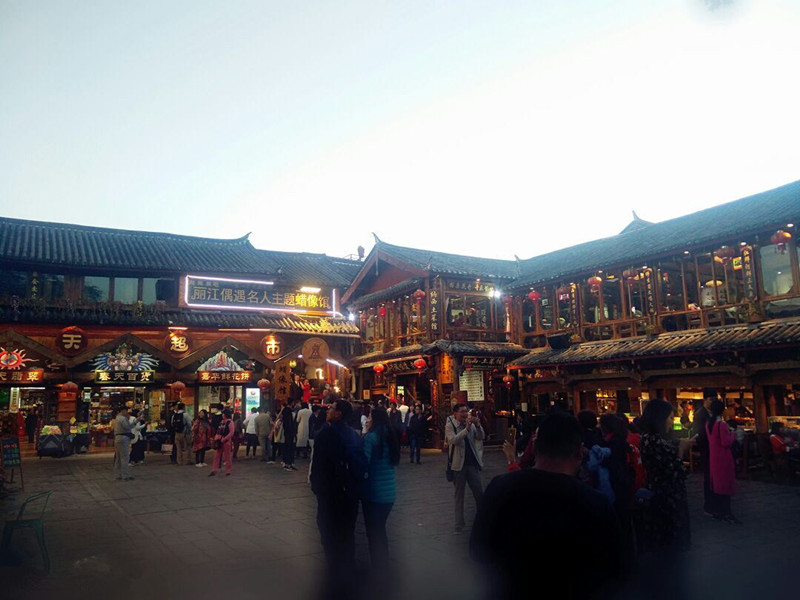
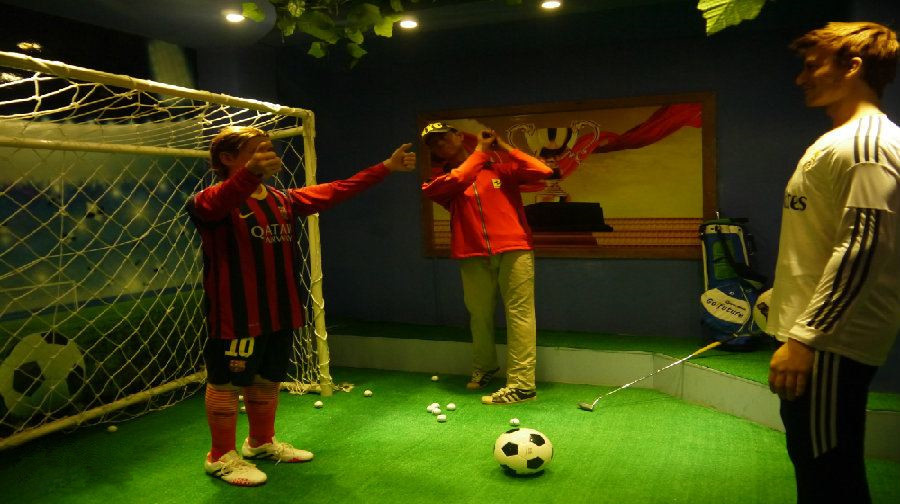








Museums in Yunnan
Chinese Name: 腾冲和顺滇缅抗战博物馆 English Name: The Museum of Yunnan-Burmese Anti-Japanese War in Tengchong County, Baoshan Yunnan-Burmese Anti-Japanese War is very important part of the Second World War (often...
The Technology Geology Museum in Kunming University of Science (昆明理工大学矿物数字博物馆) is one of the most comprehensive museums in China, housing an extensive collection of global rock, mineral specimens, and...
The Wu Mayao Museum of Anthropology (云南大学伍马瑶人类学博物馆) is located at No. 2, Cuihu North Road, Kunming City (昆明市翠湖北路2号), beside the east gate of Yunnan University (云南大学). It officially opened...
Chinese Name:镇沅县拉祜族(苦聪人)历史文化博物馆 English Name:History and Culture Museum of Kucong Ethnic People in Zhenyuan County, Puer History and Culture Museum of Kucong Ethnic People is built in Dapingzhang Village (大平掌苦聪新村)of Enle Town....
Chinese Name:西南联大蒙自分校陈列室 English Name: Mengzi Sub-campus Exhibition Hall of National Southwestern Associated University, Honghe Location:...
The Lisu Non-material Cultural Heritage Museum in Yongning (永宁摩梭非遗博物馆) is located in the village of Wala Bi (瓦拉壁村), Yongning Town (永宁镇), Ninglang Yi Autonomous County (宁蒗彝族自治县), Lijiang City (丽江市),...
Overview The Yunnan Museum of Traditional Chinese Medicine (云南省中医药民族医药博物馆) is a provincial-level museum dedicated to traditional medicine. It is located within the campus of Yunnan University of Traditional Chinese...
Overview The Yunnan Science and Technology Museum (云南省科学技术馆), formerly known as the Provincial Exhibition Hall, is situated beside the picturesque Cuihu Lake (翠湖) in the center of Kunming City...
Overview The Yunnan Art Museum (云南美术馆) is a non-profit public art museum located in Yunnan Province, under the leadership of the Yunnan Provincial Department of Culture. Its mission is...
Overview The Yunnan Folk Custom Museum云南民俗博物馆, located in Yunnan Ethnic Village (云南民族村) on Dianchi Road (滇池路) in Xishan District (西山区) of Kunming (昆明), covers an area of 2,250 square...
Introduction The Tea Horse Road Museum (茶马古道博物馆), also known as Dajue Palace (大觉宫), is an essential part of the Ming Dynasty Mu family’s “Shuhe Courtyard” architectural complex. This museum...
Overview The Lijiang Wax Museum of World Celebrities (丽江世界名人蜡像馆) is located at Yuhe Square (玉河广场) in Lijiang Ancient Town (丽江古城) and is the first wax museum in Yunnan Province...
Don't assume you're restricted to the main hubs of Beijing and Shanghai, our tours can start from any city.
For your safety, please register with the Embassy.
Exchange some local currency for your trip
Start planning your tailor-made holiday to China by contacting one of our specialists. Once enquired, you’ll get a response within 0.5~23.5 hours.

Address: Building 4, Yifuyuan, Hehong Road, Xishan District, Kunming, Yunnan, China
Wechat/QQ: 270384698
Office Call: 86-18812220370
Email: Trip@YasoTrip.com
Facebook Page:
https://www.facebook.com/YasoTrip
Tel/WhatsApp: +8618088243690
Trip@YasoTrip.com
Daily: 9:00 am - 6:00 pm
Copyright © 2008 Yaso Trip. All rights reserved
Address: Building 4, Yifuyuan, Hehong Road, Xishan District, Kunming, Yunnan, China
Wechat/QQ: 270384698
Office Call: 86-18812220370
Email: Trip@YasoTrip.com
Facebook Page:
https://www.facebook.com/YasoTrip
Tel/WhatsApp: +8618088243690
Trip@YasoTrip.com
